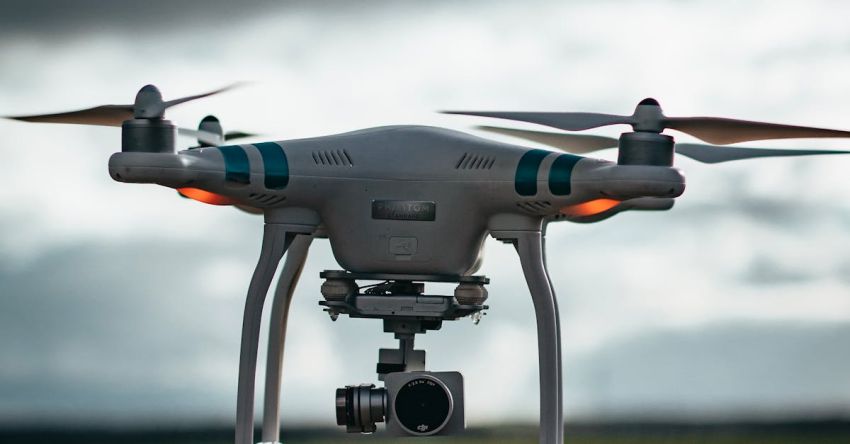What Are the Maintenance Requirements for Farm Drones

Farm drones have revolutionized the agriculture industry by providing farmers with efficient and cost-effective ways to monitor and manage their crops. These unmanned aerial vehicles (UAVs) have proven to be invaluable tools for precision agriculture, allowing farmers to collect real-time data and make informed decisions to increase crop yields and reduce operational costs. However, like any other piece of equipment, farm drones require regular maintenance to ensure optimal performance and longevity. Understanding the maintenance requirements for farm drones is crucial for farmers to maximize the benefits of this technology.
Key Components Maintenance
One of the most important aspects of farm drone maintenance is ensuring that all key components are in good working condition. Regularly inspecting the drone’s motors, propellers, batteries, and sensors is essential to prevent malfunctions and ensure safe operation. Motors and propellers should be regularly checked for any signs of wear and tear, such as cracks or chips, and replaced if necessary. Batteries should also be inspected for any damage and charged according to manufacturer guidelines to maintain optimal performance. Additionally, sensors should be cleaned and calibrated regularly to ensure accurate data collection.
Software Updates
Another crucial aspect of farm drone maintenance is keeping the drone’s software up to date. Software updates are released regularly by drone manufacturers to improve performance, fix bugs, and introduce new features. Farmers should regularly check for software updates and install them as soon as they become available to ensure their drone is operating at its best. Updating the software not only enhances the drone’s capabilities but also helps to address any security vulnerabilities that may arise.
Storage and Transport
Proper storage and transport of farm drones are essential to prevent damage and ensure longevity. Drones should be stored in a cool, dry place away from direct sunlight and moisture to prevent corrosion and damage to sensitive components. When transporting drones, they should be securely packed in a protective case to prevent any jostling or impact during transit. It is also important to remove the batteries from the drone before storing or transporting it to prevent any potential hazards.
Regular Calibration
Calibrating the drone’s sensors and GPS system is crucial for accurate data collection and precise operation. Sensors can drift over time, leading to inaccurate data, so it is essential to calibrate them regularly according to manufacturer guidelines. Similarly, the GPS system should be calibrated to ensure accurate positioning and navigation. Regular calibration not only improves the drone’s performance but also helps to maintain the quality of the data collected.
Environmental Considerations
Farm drones are exposed to various environmental factors during operation, such as dust, moisture, and extreme temperatures, which can affect their performance. It is important to clean the drone regularly to remove any dirt or debris that may accumulate on its components. Additionally, flying the drone in extreme weather conditions should be avoided to prevent damage to sensitive electronics. Farmers should also be mindful of the operating temperature range specified by the manufacturer and avoid flying the drone outside of these limits.
Maintenance Schedule
Developing a maintenance schedule for farm drones is essential to ensure that all maintenance tasks are performed regularly and systematically. Farmers should create a checklist of maintenance tasks, such as component inspections, software updates, calibration, and cleaning, and schedule them at regular intervals. By following a maintenance schedule, farmers can ensure that their drones are always in optimal condition and ready for operation when needed.
In conclusion, maintaining farm drones is crucial for ensuring optimal performance, longevity, and safety. By focusing on key components maintenance, software updates, storage and transport, regular calibration, environmental considerations, and following a maintenance schedule, farmers can maximize the benefits of this technology and improve their farm operations. Investing time and effort into proper maintenance practices will not only extend the lifespan of farm drones but also contribute to increased efficiency and productivity in agriculture.
